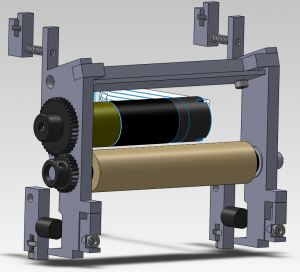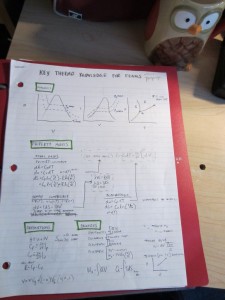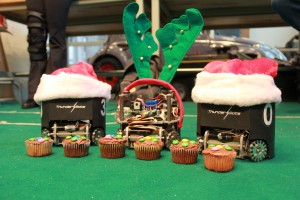Nobody really knows how long things take to get done. When someone sets a project deadline, there is a high chance that there will be a delay. Everyone has the thought of, “it won’t take me that long to do that, I just need to do X, Y, and Z”. Nope. A lot of people know it and think they can manage their time well, still nope. A lot of people say “start early”. While that sounds like common sense, a lot of people don’t do it. Everyone thinks “oh I still have lots of time”.
For my fourth-year design project (8-month project), my team spent the first two weeks not really doing anything productive. As a result, our team is now behind in a lot of the documentation work that should have been finished in the first term. Also, one of our group members had to leave for personal reasons. That took away 25% of our manpower. It sounds like we’re not in that good of a situation. To remedy it, each member of our team puts in twice the amount of time than what the professors expect. The professors expect 8 hours a week for each person. We each put in 16. The idea of this is to help our team catch up from the setbacks we’ve gone through. If we started earlier, we probably wouldn’t be in as bad of a situation.
For my Thunderbots project, a deadline for the robot design was set for 11 February 2012. A design review was to be held so that everyone could help iron out anything wrong with the design. Out of three designs for separate systems on the robot, none of them were finished completely. I was in charge of designing the ball dribbling system with another teammate. At the beginning, we didn’t really do much. We didn’t really have a clear direction. Once the project picked up we spent more and more time per week. As we put more time into it, the more design problems we were faced with. If we had more time, we could have tackled these issues sooner instead of dealing with them the night before. We each probably spent at least 50 hours over 8 weeks getting the design ready. We discussed a lot about how something would work or what would work better etc. The night before the design review, we stayed up till 4am getting the design ready. There were still some things missing in the design, but we felt we had enough to present for the design review. It turns out that at the design review, we seemed to be better prepared than everyone else. But regardless, we couldn’t meet the deadline. If we spent more time at the start, maybe things would have been different.

We finished this CAD model in a night using notes and sketches that we prepared from our previous discussions
Starting early means less rushing at the end. That’s what it comes down to. Starting early reveals design problems sooner that can be fixed. People just need to realize that time is of the essence from the start. People in previous years try to make that point clear to students younger than them, but it almost always takes their own personal experiences for them to realize what has happened. Everyone on the team needs to share the same mindset of starting early. Even if one person starts early, it will be difficult for the one person to progress on things that depend on the entire team. Regardless, the earlier a team starts, the less headaches there will be in the future.






